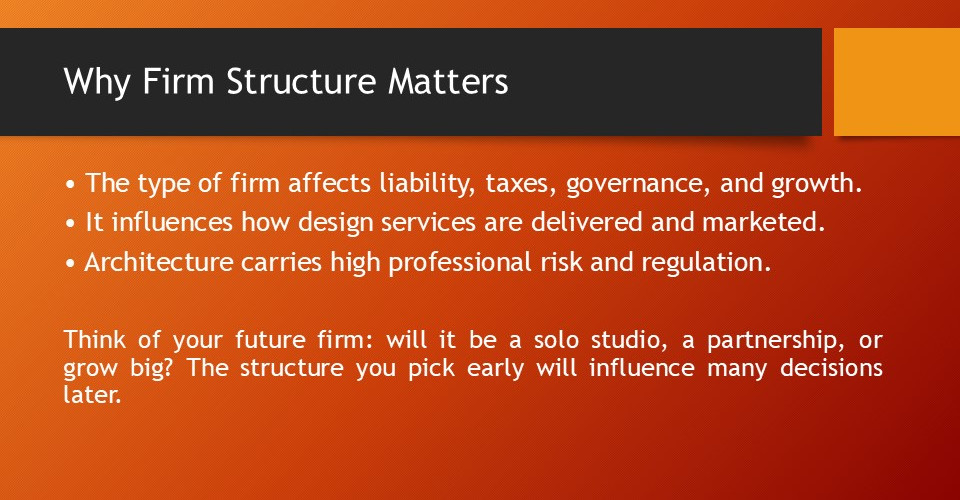Why Crafting an Impactful Architectural Firm Presentation to Impress Clients is difficult for Architects?
- Dennis Asis

- 5 days ago
- 3 min read
In the competitive world of architecture, effectively presenting your firm can significantly impact your ability to secure new projects. A well-crafted presentation highlights your design skills and communicates your firm’s values, vision, and unique approach. This post will guide you through the essential elements of creating an impressive architectural firm presentation that resonates with potential clients.
Understanding Your Audience
Before diving into the specifics of your presentation, understanding your audience is crucial. Are you addressing residential clients eager for a cozy home or commercial clients interested in innovative office spaces? For instance, if your audience consists of young families, emphasize sustainability and community-oriented design. Tailoring your presentation to meet the specific interests and needs of your audience will help you forge a deeper connection.

Structuring Your Architectural Firm Presentation
A clear and logical structure is vital for any presentation. Start with an engaging introduction that outlines what the audience can expect. Follow this with sections that detail your firm’s background, highlight key projects, explain your design philosophy, and include client testimonials. For example, if you have a strong project portfolio, consider dedicating a slide to each project's challenges and outcomes. Ensuring each section flows seamlessly into the next will help maintain the audience’s interest throughout the presentation.

Visual Storytelling
Architecture is inherently visual, so leverage this by incorporating high-quality images of your projects. Use visuals to illustrate your design process, from initial sketches to completed structures. For example, showing a before-and-after comparison of a successful renovation project can be powerful. This approach captivates your audience and helps them visualize your capabilities, making your work more relatable and concrete.

Highlighting Key Projects
Select a few standout projects that exemplify your firm’s strengths. For instance, if you designed a multifunctional community center, explain how that project met the client’s needs and overcame challenges. Incorporating specific metrics, like how the design improved community engagement by 30%, can quantify your success. Detailing the scope of work, client satisfaction, and awards won adds credibility to your firm's capabilities.

Engaging Presentation Style
Your delivery is just as important as the content. Practice your presentation to ensure a confident and engaging delivery. Using a conversational tone, making eye contact, and encouraging questions fosters a connection with your audience. Rehearsing in front of friends or colleagues can provide valuable feedback to fine-tune your style. A dynamic presentation can increase audience retention by up to 70%.
Incorporating Client Testimonials
Including testimonials from satisfied clients can significantly enhance your presentation. These endorsements serve as social proof of your firm’s capabilities and reliability. Choose testimonials that focus on specific aspects of your work, such as creativity, attention to detail, or project management skills. For example, a testimonial stating that your team completed a project two weeks ahead of schedule can be impactful, highlighting your efficiency and reliability.

Final Thoughts
Crafting an impactful architectural firm presentation requires a thoughtful approach that combines understanding your audience, structuring your content effectively, and utilizing visual storytelling. By highlighting key projects and engaging your audience through confident delivery, you can create a presentation that impresses and converts potential clients into loyal partners. Remember, the goal is to showcase not just what you do, but who you are as a firm. With these strategies in mind, you are well on your way to making a lasting impression.
Head over to our Resource Section for more insights and useful references.

























Comments